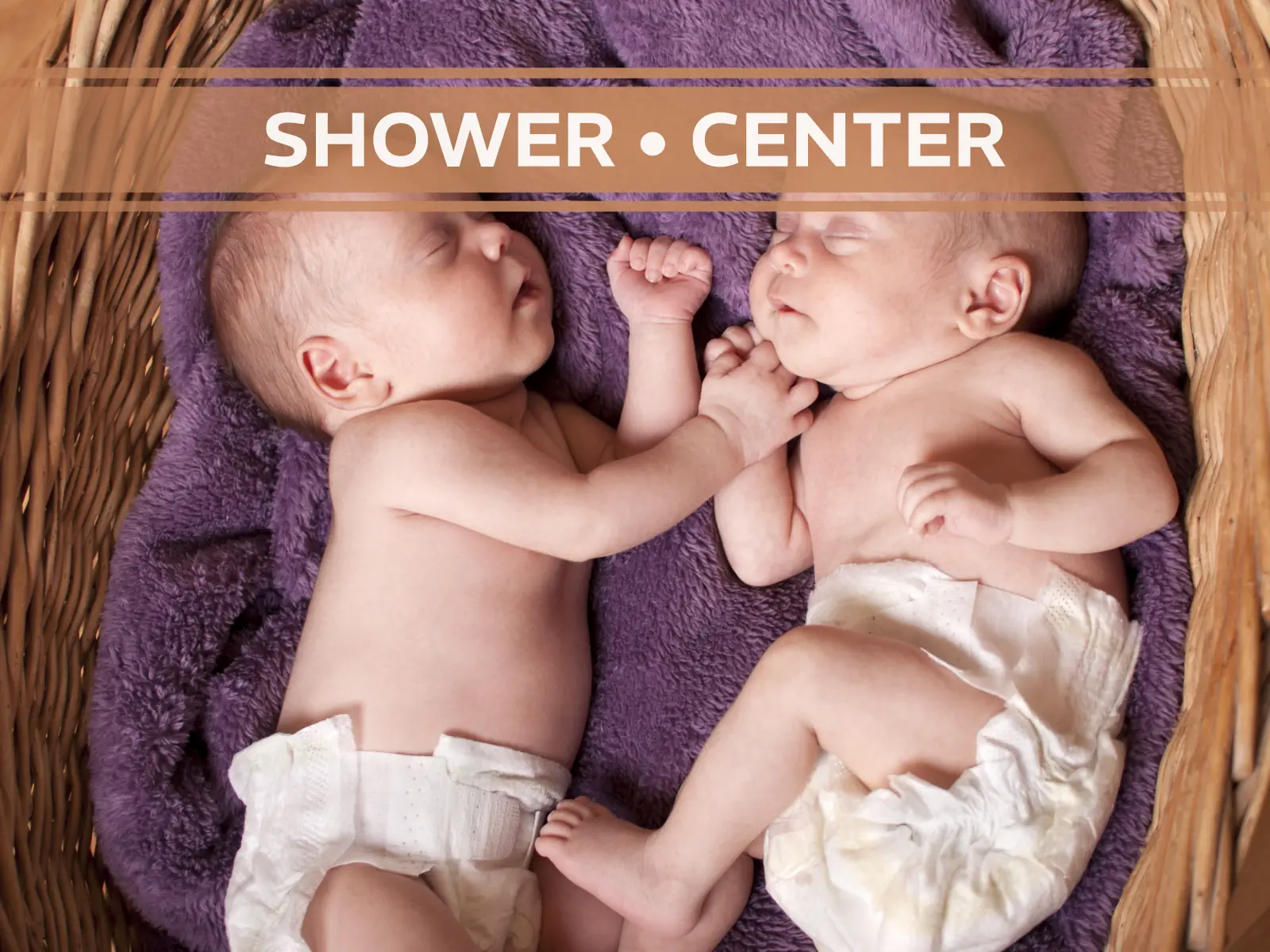The Origins of Baby Showers
Ancient Rituals and Traditions
In India, there has been a pregnancy ritual since Vedic ages called Seemantha, celebrated between the sixth and eighth month. In this ritual, the expectant mother is bathed with dried fruits, sweets, and other gifts that aid in the baby’s growth. Vedic tradition requires the recitation of verses known as Udhagasanthi. Each Vedic mantra is designed for specific stimulation of the baby’s ears, so that its phonetic vibration reaches its maximum value. The chant calls for a healthy baby and mother, as well as a happy delivery and motherhood.
In Egypt and Greece, women in each family celebrated the arrival of the firstborn by giving offerings and advice to the new mother. Even the Christian story of the Three Wise Men bringing gifts to the newborn can be seen as a precursor to the current celebration. The tradition of prenatal or birth celebrations then spread to many countries. Essentially, it was a family event whose purpose was for older women to share their knowledge and experiences of childbirth and motherhood with the new mother.
Evolution and Global Spread
In the 20th century, the baby shower celebration took on its current form in the United States. It emphasized the giving of useful gifts to address the baby’s secondary needs. It later spread to Europe and Latin America with various names. Over time, it has become common to celebrate it for subsequent children as well as the firstborn, and even for adopted children. It is increasingly common to have more than one celebration per child: one with family and another with friends or co-workers.
Diverse Names and Cultural Significance
Baby showers go by different names in different parts of the world, showcasing the cultural diversity associated with this celebration. In the United Kingdom, it is commonly known as a “baby shower” or a “baby party.” In India, besides the Seemantha ritual, there are other regional celebrations such as “godh bharai” or “shaad” that serve as equivalent baby shower events. The Chinese culture has a similar celebration called “zi yue zhuo” or “full moon banquet,” which marks the baby’s first month of life. In Brazil, it is known as “chá de bebê,” meaning “baby tea,” while in Japan, a ceremony called “sankan-shion” celebrates the baby’s safe delivery and arrival.
Modern-day Trends and Adaptations
Baby showers have evolved over time and have become more inclusive and flexible in their practices. Initially focused on celebrating the firstborn, the tradition has expanded to include subsequent children and even adopted children. Moreover, it is increasingly common to have multiple celebrations per child, allowing different circles of friends and family to join in the joyous occasion. In addition to traditional baby showers, alternative forms such as “baby sprinkle” (a smaller-scale celebration for subsequent children) and “gender reveal parties” (events to announce the baby’s gender) have gained popularity in recent years.
Conclusion
The origins of the baby shower celebration can be traced back to ancient rituals and cultural traditions spanning across various civilizations. While the emphasis on gifting the mother and baby with useful items and knowledge has remained constant, the celebration has adapted to the trends of each era and the unique cultural practices of different countries. Baby showers, known by diverse names worldwide, continue to be cherished events that bring together loved ones to celebrate the imminent arrival or recent birth of a precious little one.
Source: Book “CELEBRATING LIFE CUSTOMS AROUND THE WORLD”
Are you organizing a baby shower? We recommend this Complete Guide to Creating Baby Shower Invitations.
